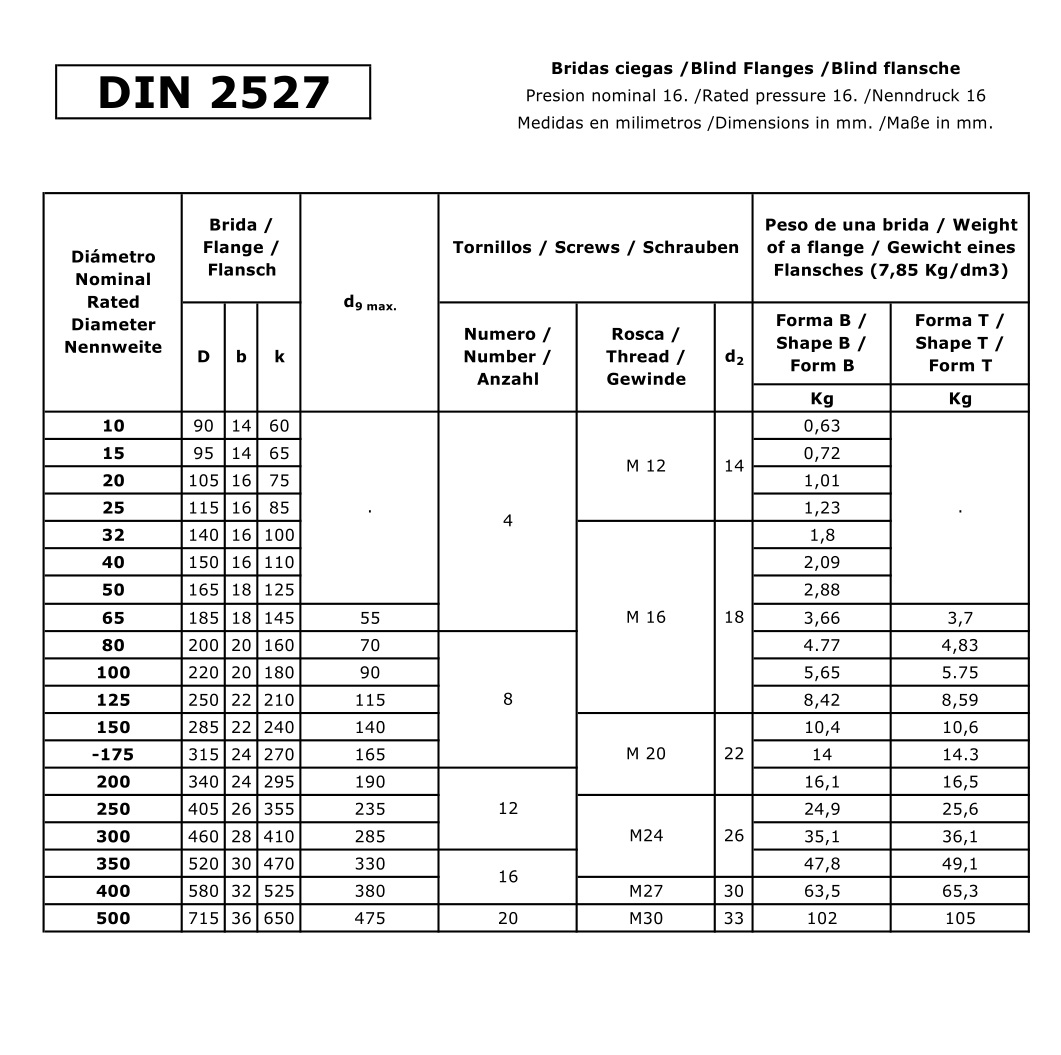Precautions for installation of electric control valve
1. Newly designed and installed control system, in order to ensure that the regulating valve can work normally when driving and make the system run safely, the new valve should first check whether the nameplate mark on the valve is consistent with the design requirements before installation.
2. The following items should also be debugged. Basic error limit; Full stroke deviation; Backlash; Dead zone;
3. If the overhaul of the regulating valve in the original system has been carried out, in addition to the verification of the above items, the sealing of the old valve's stuffing box and joints shall be checked.
4, the use of regulating valves in the field, many are often caused not by the quality of the valve itself, but due to the improper use of the valve installation, such as the installation environment, improper installation location and direction or pipeline is not clean and other reasons To. Therefore, when the electric control valve is installed and used, pay attention to the following aspects:
(1) The regulating valve is a field instrument. It requires that the ambient temperature should be in the range of -25 to 60°C and the relative humidity is ≤ 95%. If it is installed in open air or high temperature, waterproof and cooling measures should be taken. Wherever there is a source of vibration, keep away from vibration sources or increase anti-vibration measures.
(2) The regulating valve should generally be installed vertically. In special circumstances, it can be tilted. If the angle of inclination is large or the valve itself is too heavy, the support of the valve should be increased.
(3) The pipeline for installing the regulating valve is generally not to be too high from the ground or the floor. When the pipeline height is greater than 2m, the platform should be set as much as possible to facilitate the operation of the handwheel and facilitate the maintenance.
(4) The regulating valve should be cleaned before installation to remove dirt and welding slag. After installation, in order to ensure that no impurities remain in the valve body, the valve should be cleaned again, that is, all the valves should be opened when the medium is passed in, so as not to trap the impurities. After using the handwheel mechanism, it should be restored to its original neutral position.
(5) In order to allow the production process to continue in the event of a fault or maintenance of the regulating valve, a bypass line must be added to the regulating valve. At the same time, special attention should be paid to whether the installation position of the regulating valve meets the requirements of the process.
(6) The electrical part of the electric control valve should be installed according to the relevant electrical equipment construction requirements. If the explosion-proof products are to be installed in accordance with the requirements of the “Electrical Equipment Installation Criteria for Explosion Hazardous Locationsâ€. For example, SBH-type or other six-core or eight-core rubber-mounted cable with an outer diameter of Φ11.3mm is used for the field wiring. During use and maintenance, it is forbidden to open the lid and repair the explosion-proof surface in an explosive place. At the same time, do not injure or scratch the explosion-proof surface in the disassembly and assembly, and restore the original explosion-proof requirements after the maintenance.
(7) After the reducer of the actuator is removed, lubrication should be paid attention to. The low-speed motor should not be disassembled and refueled. After installation, check whether the valve position and valve position opening indication match.
Blind flanges are made of carbon steel,stainless steel and alloy steel,etc.They are used to seal or block off a pipe,like a cover or cap.Because of its good overall performance, Flange is widely used in such basic projects as chemical engineering, construction, water supply, drainage, petroleum, light and heavy industry, freezing, sanitary, plumbing, fire protection, electricity, aerospace and shipbuilding.
Type: DIN2527
Pressure: PN6 to PN64
Material: Carbon steel or other required material
Surface: Original Color, Galvanizing or Paiting as clients requirements.
Packing: Wooden Cases

Drawing and data show DIN2527 PN16, if you need other pressures, please contact with supplier.
How to order: DIN number + (size) (x d1 dimension if not ISO) + (pressure) + material if not steel
Example: for steel = DIN 2527 DN 100 PN 16 Example: for stainless = DIN 2527 DN 100 PN 16 316SS
Blind Flange,Spectacle Blind Flange,Steel Blind Flange,Stainless Steel Blind Flange
HEBEI ZIFENG NEW ENERGY TECHNOLOGY CO.,LTD. , https://www.zifengpipeline.com